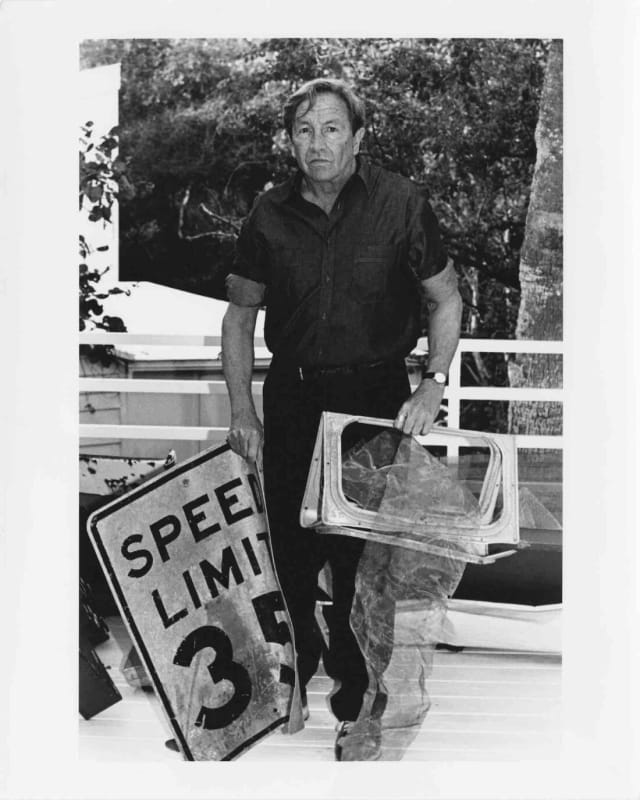Robert Rauschenberg USA, 1925-2008
"I usually work in a direction until I know how to do it, then I stop and move on to something else"
-Robert Rauschenberg
Robert Rauschenberg (October 22, 1925 - May 12, 2008) was an American painter and graphic artist whose early works anticipated and bridged through to the pop art movement. Rauschenberg is well known for his Combines (1954-1964); a group of artworks which incorporated everyday objects as art materials and which blurred the distinctions between painting and sculpture, breaking through the two dimensionality of the canvas at a time when Abstract Expressionism was dominant. Primarily a painter and sculptor, Rauschenberg also worked with photography, printmaking and performance art.
Born Milton Ernest Rauschenberg on October 22, 1925 in Port Arthur, TX, Rauschenberg served in the US Navy during World War II as a medical technician stationed in San Diego. After the war, and following a period of study at Black Mountain College in North Carolina (alongston John Cage and Merce Cunningham) Rauschenberg settled in New York in 1949, where he soon began questioning the nature of painting through works such as Bed (1955) and Monogram (1955-1959). Frequently utilizing commercial imagery and mass produced objects, many of Rauschenberg's ideas foresaw the emergence of Andy Warhol and Pop Art in the 1960s. His seminal Neo-Dada work, 'Erased de Kooning' (1953), consisted of ritualistically wiping out an original drawing he purchased from the famed painter.
Rauschenberg received numerous awards during his nearly 60-year artistic career. Among the most prominent were the International Grand Prize in Painting at the 32nd Venice Biennale in 1964 and the 1993 National Medal of Arts.
Rauschenberg's works are held in the collections of the Tate Gallery in London, The Museum of Modern Art in New York, the Walker Art Center in Minneapolis, and the Kunstmuseum Basel, among others.

